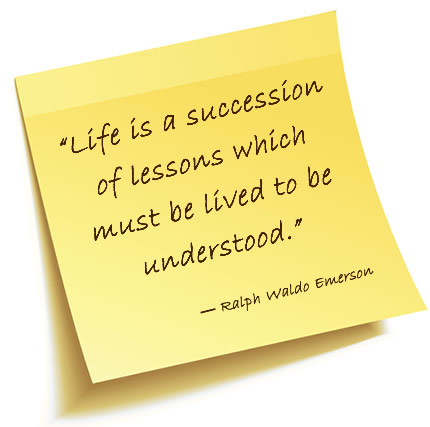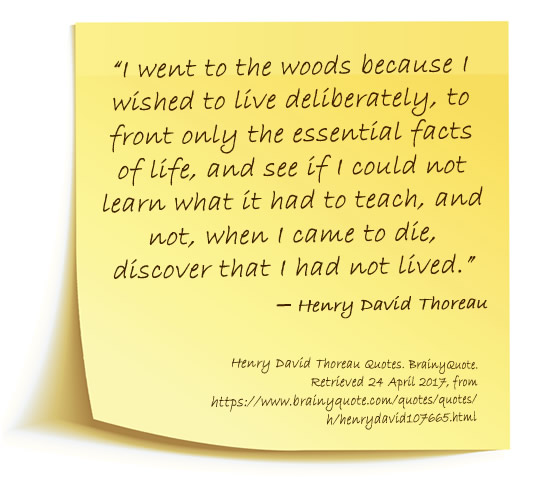A CHANGE FOR THE BETTER, A CHANGE FOR THE WORSE
French writer and winner of the 1921 Nobel Prize for Literature, Anatole France said:
Facing change is a process of uncertainty known to all humans. Such transition from the familiar to the unknown throughout one’s life can be best described with two essential structures in English: the Past Perfect Simple and the Present Perfect Simple.
In this topic, you will find a brief review of the grammatical structures known as the Past Perfect Simple and the Present Perfect Simple as well as their respective uses in the narration of finished or unfinished events.
As you go over this topic, make sure to pay attention to essential aspects of language such as verb forms, time expressions, connectors and punctuation.
By the end of this topic, you will:
Identify the difference between the past perfect simple and the present perfect simple by contrasting the uses of each of these two verb tenses, mainly used for the narration of past complete or incomplete actions (which continue in the present).
So, let’s start reviewing the Past Perfect Simple and its uses:
Can you remember anything about the Present Perfect Simple? Once again, here are its different uses:
Activity 1

Myriams. (2016). Hands. Retrieved from: https://pixabay.com/en/hands-toddler-hand-child-s-hand-1797401/
How possible is it to keep a good relationship with someone all your life?
You will listen to a man phoning a radio program called “Out with the old and in with the new” talking about the most important people in his life now and ten years ago. Listen and answer these questions.

Activity 2

You are going to read a text about the Woodstock Festival. Seven sentences have been removed from the reading. Choose from the sentences A-H the one which fits each gap (1-7). There is one extra sentence which you do not need to use.

Klapi. (2003). Festival. Retrieved from: https://commons.wikimedia.org/wiki/File:Przystanek_Woodstock_2003.jpg
Activity 3

Following the format of the text: “My Woodstock Experience” in the reading activity, prepare a presentation about an anecdote that somehow has changed your life in 4 to 6 minutes. Make sure to use: Past Perfect Simple (at least four times) and Present Perfect Simple (at least twice) along with your recording. Take a look at the rubric to self-assess this activity.
Activity 4

Lass, N. (2013). Quotes. Retrieved from: https://www.flickr.com/photos/pictoquotes/9726846703
Write a letter to your younger self back in time ten years ago. You have the opportunity to reflect on the person you used to be and discover if you have changed at all or if you had done something differently. Make sure to use: Past Perfect Simple (at least four times) and Present Perfect Simple (at least twice) along with your letter.
Write your letter in about 140-190 words in an appropriate style.
You can use some of these sentence starters….
Look at the rubrics to self-assess this activity.
Identifying keywords is important because in that way you can differentiate two tenses. Read each of the following sentences, check keywords so that you select the option that best completes the sentence.
Do changing jobs sound like a good option for young people?
There is one letter replying to the advertisement above. Complete the letter by choosing the most appropriate option: Present Perfect Simple or Past Perfect Simple.
• Naunton, J., Adamson, D., & Page, J. (1997). Think ahead to first certificate (1st ed., pp. 72-81). Harlow: Longman.